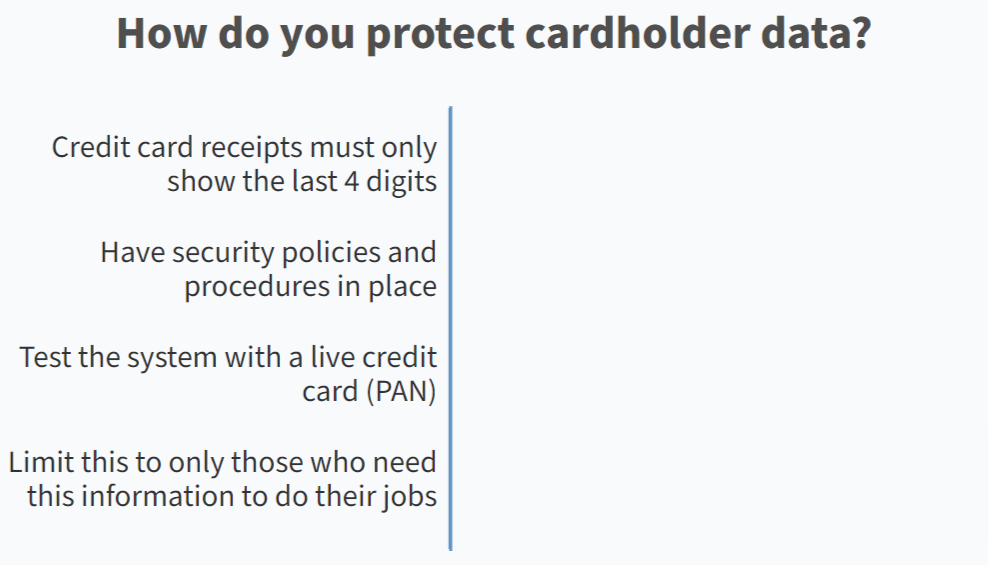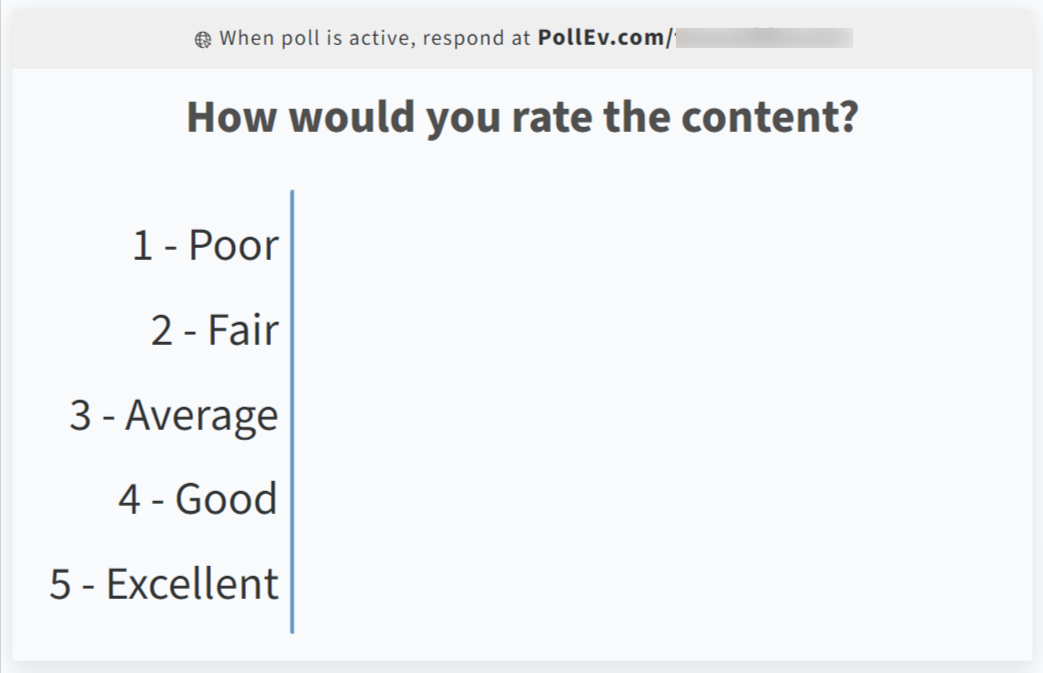What is employee training and why should you invest in it?

As newer technologies and certification standards are introduced, the need for employee training increases. For instance, nurses are now required to undertake additional certification programs to specialize as opposed to only bachelor’s programs, as in the 1970s.
Yet 39% of employees are concerned about not getting enough training in the workplace, despite 49% of employees indicating their job requires specialist skills. This is why employee training is a must if you want to remain competitive.
But how do you get started? And if you do have an employee training program, how can you improve it?
We’ll discuss the step-by-step process of building a new program or optimizing an existing program while showing you how to identify signs of success.
What is employee training?
Employee training refers to programs implemented to equip employees with the knowledge and skills to do their jobs.
For instance, to become a geriatric nurse, you must have the gerontological nursing certification (GERO-BC) offered by the American Nurses Association (ANA), and this requires on-the-job training.
Training can cover various areas like technical skills for a specific industry or soft skill development for communication and leadership. Depending on your training goals and preferences, you may deliver the training through multiple methods like online courses, seminars, or mentorship programs.
What kind of impact does employee training and development make?
Some of the reasons to invest in training include:
- Fostering a diverse and inclusive workplace
- Improving employee engagement and satisfaction
- Removing skill gaps and improving core competencies
- Reducing employee attrition rates
- Creating a positive employee experience
- Building a hands-on learning culture
But the main impact comes at a much more granular level. For instance, these employee learning programs allow employees to actively partake in skill training, no matter how experienced they are.
Over time, it creates ripple effects within the organization. From increased job performance to better productivity, the output directly ties back to positive outcomes like higher customer satisfaction and increased revenue.
Internally, employees feel valued and are more likely to stay for the benefits you provide in the long run. As of 2022, when you tally the cost of the hiring and onboarding process, plus training a new employee, the average resignation cost is $11,372. Even though it seems small, if your attrition rate is 15% in a 250-employee organization, that could cost you nearly half a million dollars yearly.
It gets worse when you factor in the added costs in technical industries like healthcare and finance.
Peter Hoopis, CEO of Peter Hoopis Ventures, says, “The finance and healthcare industries have plenty of regulations that employees need to be aware of to ensure they are in compliance when following guidelines and protocol. Otherwise, it could cost the company money in terms of fines and penalties and even their license.
“Also, these industries undergo lots of changes through the years. It's important for employees to always be updated with the skills and knowledge needed to adapt to changes.”
So a lack of compliance, adaptability, and skills gaps could cost you millions down the road—all of which can be avoided with a strong employee development program.
5 steps to build an impactful employee training program
If you’re wondering how to develop a training program, here’s a step-by-step process for doing so.
Step 1: Align training goals with overarching business goals
Your training goals must align with business goals, as the ultimate objective is improving the organization. Unless you know your organization's strategic objectives, you won't know what skill gaps you need to fill.
Let's say you're struggling with cyberattacks in your financial advisory firm. One of the reasons this happens is because employees can't identify scams easily—or don't know they need to. Creating a cybersecurity L&D program would alleviate these issues.
Neelam Talwar, founder of Maven Magpie Consulting, says, “Have discovery meetings with human resources (HR) and department heads to understand the challenges firsthand. Do this before building a training program with a training structure that includes a timeline and feedback mechanisms.”
When you start from the ground up, getting this kind of internal executive feedback lets you create a purpose-driven program.
Step 2: Conduct a training needs audit
In every organization, it's common for employees to have different skill levels. Even those at the same job level or team will have strengths and weaknesses that create a holistic team. But you're only as strong as your weakest team member. If there's a core skill that drives positive outcomes, you have to bring everybody up to speed.
Conduct a training skills audit that assesses current skills and competencies to identify these gaps. You can do this using multiple methods:
- Employee surveys
- 1:1 interviews
- Performance evaluation
- Personal observations
- Market trend analysis
Identify areas of improvement and then regroup to mark current priorities.
Tip: Use Poll Everywhere’s employee feedback and survey capabilities that can be deployed in minutes.
Step 3: Build the employee training program
The next step is to build the program. There are several sub-steps involved while developing an effective employee training process:
- Meet with internal stakeholders and identify which skill gaps to prioritize.
- Create a learning and development (L&D) strategy to fill these gaps.
- Choose the training methods based on internal feedback.
- Choose the tools to deliver and monitor the training.
- Create an implementation and performance monitoring plan.
- Include a resource update strategy, too, to keep information fresh.
To determine which skill gaps to prioritize, use the BCG Growth-Share Matrix. Focus on the ones that have the lowest cost but the highest impact. For example, a seminar on fraud detection in the finance industry would be useful and might not cost as much as a full-blown regulatory compliance training program.
Step 4: Implement the training program in phases
A smooth transition is key during the implementation process, or else employees might feel bombarded with “yet another boring training program.”
Pilot the program with a small group of employees first, and gather feedback before, during, and after the program. Then refine it based on the feedback and logistical challenges you faced. When this is successful, roll it out to the entire department and slowly work your way through the rest of the organization.
Communicate the training schedule, expectations, and prerequisites, and provide adequate support throughout the implementation process.
Step 5: Focus on feedback and continuous improvement
Encourage employees to give their honest feedback on the training program. You can do this by making surveys and in-training polls anonymous. Analyze the feedback and make the necessary adjustments.
Talwar says that you need to monitor metrics like:
- Time viewed
- Whether feedback forms were filled
- Number of questions asked (during and after)
- Observable changes post training
“Typically, I look for both immediate feedback and check-in between 60-90 days to see if there are any shifts or challenges employees are still facing,” Talwar says.
The goal is to ensure that the initiative meets the L&D goals of the organization. And you need to measure the right key performance indicators (KPIs) to ensure that.
“I focus on performance improvement, employee engagement, and KPIs that reflect a direct impact on the business,” Hoopis says. “Examples are revenue growth and customer retention. These metrics tell me how effective the training program is in affecting the business in a positive way.”
You might not get these right the first time, but checking these metrics will allow you to iterate continuously and improve the learning experience.
How to improve an existing employee training program?
What if you have an existing program and need help getting it right? Follow these recommendations instead.
Evaluate ROI from existing programs
Evaluate the outcomes of your current program with respect to the resources you’ve invested in it.
For instance, if you’ve provided a $2,500 laboratory training program to new hires, monitor their retention and performance after the program:
- Are they able to perform laboratory testing faster?
- What’s the per-hour productivity like?
- Are they able to handle more patient samples now?
These indicators will give you an idea about the existing state of your training program. Collect data on these metrics and compare them to the costs associated with the training program, and use them for improvement.
Analyze if it needs improvement
Sometimes you might think your employee training program isn't effective, but you realize this is because you're measuring the wrong metrics. Changing the program is a big task, so justify the process first.
Daniel Kilburn, the founder of Emergency Action Planning, says, “Changing anything for the sake of change is not necessarily an improvement. If and when the tools of the trade change, the training needs to evolve to reflect the change. If the issue is a recognizable technique or tactic that has proven valuable in a myopic sector of the workforce, then training management needs to interview, review, and assess how best to implement the alternate techniques within the workforce.”
So validate if it's necessary and tally the pros and cons of making a change. It keeps the L&D team accountable and helps you take the long view.
Audit, audit, audit
Regular audits keep your training program on track and relevant to your employees.
Yuri Kruman, CEO and interim Chief Human Resources Officer (CHRO) of HR, Talent & Systems, says, “Audit for stale and irrelevant material, outdated skills, bad user experience, lack of support and buy-in from management, plus no clear learning objectives. Improve all of the above with custom learning paths, better interactivity, better measurement of relevant KPIs and better tech to implement.”
Also, review available data on employee performance and the application of learned skills in the workplace. This enables targeted improvements to your program.
Invest in employee training tools
Explore new training tools like gamification, feedback solutions, and performance monitoring.
For example, a solution like Poll Everywhere can help you gauge the room's pulse during a training session. You can use the Open-ended Activity to ask how they feel in the moment. Alternatively, you can gamify the experience by creating Competitions and asking module-specific questions to check retention.

Examples of a mid-session question to gauge retention
At the end of the session, spin up a feedback poll or survey to get more in-depth feedback on how they found the training session/program. Within the reports, you can see who responded with low satisfaction rates (unless the survey was anonymous) and reach out to them later to determine how the program can be improvised.

An example of a feedback poll for the training session
What are the markers of a successful employee training program?
To measure the success of your employee training program, use these indicators as a guide:
High completion rates
Measure how many employees complete the entire program for online learning or self-paced sessions. The higher the percentage, the more effective your program is.
It suggests they value the learning opportunity and recognize its importance for personal and professional growth. Plus, it indicates that the program was designed and administered well.
Public acknowledgment of training
These days, many employees are encouraged to list their skills on professional networks like LinkedIn. If your employees are doing this, especially without being asked, you know they found value in gaining those skills through training.
It also creates a positive picture of your company culture and the company as a whole, as it indicates that you actively invest in your employees.
Strong assessment scores
Are your employees scoring more than 75% in their certification programs? If so, that indicates that they can retain the information and recall it when needed.
For instance, the GERO-BC program only offers pass and fail scores. But if an exceeding number of nurses pass the exam, you know the training was effective. If not, you need to reevaluate the on-the-job training they're receiving and change its structure.
High employee engagement and satisfaction rates
Eighty seven percent of HR managers say that improving employee engagement rates is their main training goal. And the reason is that the lack of career development opportunities tends to demotivate employees over time. It reduces employee engagement rates if they feel like they're not being challenged or aren't learning anything new at work.
So if your engagement and satisfaction rates rise after an L&D program, that indicates success. Engaged and satisfied employees are likely to embrace the skills and knowledge acquired, translating into improved performance and productivity.
Better business outcomes
Apart from these indicators, your bottom line will have the most significant impact. Your organization will experience higher employee satisfaction, and engagement rates will translate into higher employee retention rates. This is especially true in technical industries like healthcare and finance, which are rigorous in structure and compliance.
“The rules are restricting, schedules are tight, burnout is real and horrendous, bringing with it high turnover,” Kruman says. “If you can’t train people well and create friction in all processes, you can’t run a successful business.
To improve business health, bridge skill gaps and give your employees the tools they need to be successful at their jobs.
Employee training programs create a future-ready workforce
Employee training programs are a must-have in today’s dynamic market. As businesses recognize the impact of such programs on their bottom line, they’re slowly implementing programs to boost employee performance and competency.
That doesn't mean you build these programs in a silo. Talk to your employees and leadership to determine what's lacking in your organization. Whether for specific skills or more knowledge about market trends, build a program that improves the performance of the business too.
As employees undergo these training sessions, you’ll need a tool to monitor engagement and satisfaction with the program. Use Poll Everywhere to gather feedback, engage employees during the session, and monitor training performance on an ongoing basis. By doing so, you can tie granular KPIs like completion rates to bigger KPIs like satisfaction.
Ready to create a seamless experience during employee training sessions? Sign up for Poll Everywhere today.